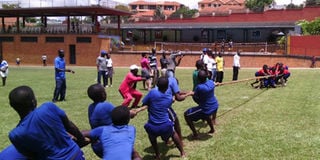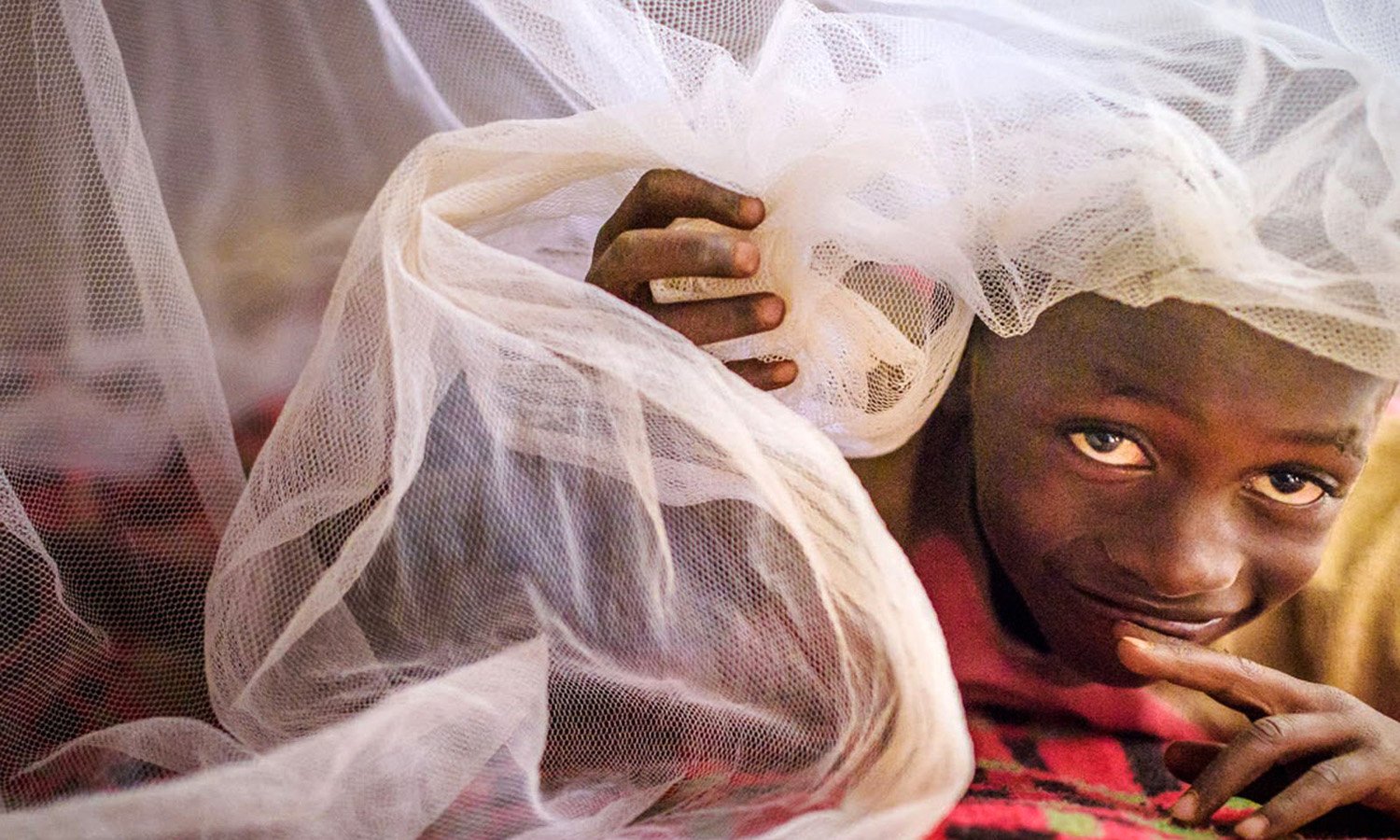86% of teenagers don’t exercise, says WHO

Pupils compete in the tug of war during inter-school athletics competition recently. About 86 per cent of school-going Ugandan adolescents do not meet current recommendations of at least one hour of physical activity per day, a new study conducted by World Health Organisation (WHO) has indicated.
What you need to know:
A pooled analysis of cross-sectional survey data were collected through random sampling with as ample size of at least 100 individuals, representative of a national or defined subnational population, and reported prevalence of insufficient physical activity by sex in adolescents.
At least 86 per cent of school-going Ugandan adolescents do not meet current recommendations of at least one hour of physical activity per day, a new study conducted by World Health Organisation (WHO) has indicated.
Physical activity has many health benefits for young people, including improved cardiorespiratory and muscular fitness, bone and cardiometabolic health, and positive effects on weight status.
The global trends for adolescent insufficient physical activity were published in The Lancet Child & Adolescent Health journal and produced by researchers from WHO, according to a press release issued this week.
“Urgent scaling up of implementation of known effective policies and programmes is needed to increase activity in adolescents,” the research paper reads in part.
Across all 146 countries studied between 2001 and 2016, girls were less active than boys in all, according to the study.
For the case of Uganda, insufficient physical activity is estimated at 87 per cent among girls and 83 per cent among boys
“The trend of girls being less active than boys is concerning. More opportunities to meet the needs and interests of girls are needed to attract and sustain their participation in physical activity through adolescence and into adulthood,” Ms Leanne Riley, a co-author, said in a press statement.
Recommendations
The study recommends investment and leadership at all levels to intervene on the multiple causes and inequities that might perpetuate the low participation in physical activity and sex differences, as well as engagement of youth themselves, as an important factor in strengthening the opportunities for physical activity in all communities.
“The study highlights that young people have the right to play and should be provided with the opportunities to realise their right to physical and mental health and wellbeing,” Dr Fiona Bull, a co-author, adds.
Whereas South Korea showed the highest levels among girls (97percent) and both genders combined (94per cent), Bangladesh had the lowest prevalence of insufficient physical activity among boys, girls, and both genders combined (63, 69 and 66 per cent, respectively).
In 2018, WHO launched More Active People for a Healthier World, new global action on physical activity, including new targets of a 15 percent relative reduction of the global prevalence of insufficient physical activity by 2030 among adolescents and adults.
Methodology
A pooled analysis of cross-sectional survey data were collected through random sampling with as ample size of at least 100 individuals, representative of a national or defined subnational population, and reported prevalence of insufficient physical activity by sex in adolescents.
Prevalence had to be reported for at least three of the years of age within the 10–19-year age range. The researchers estimated the prevalence of insufficient physical activity in school-going adolescents aged 11–17 years (combined and by sex) for individual countries, for four World Bank income groups, nine regions, and globally for the years 2001–16.



